Both but Between (2021)
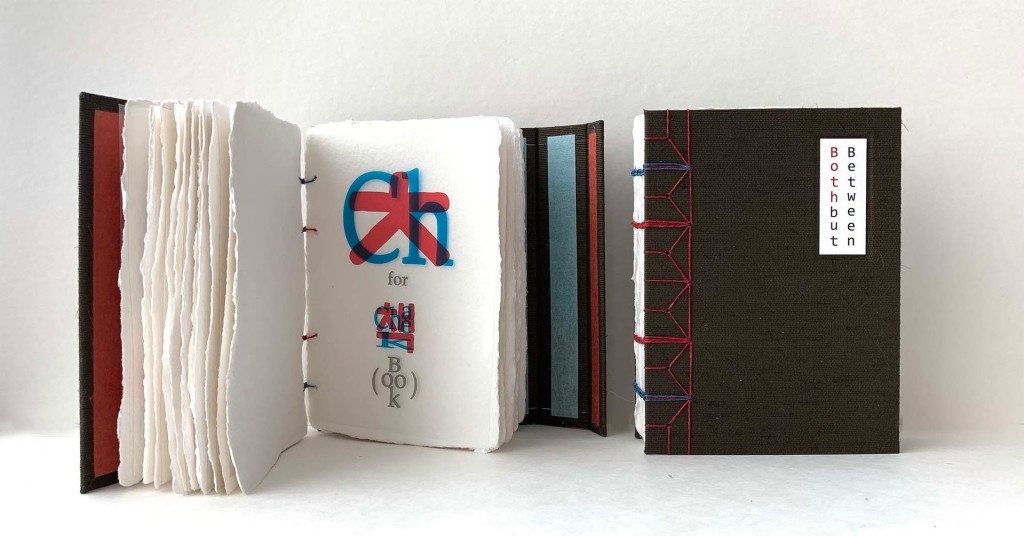
Both but Between (2021)
Jana Sim
Cloth-covered boards, exposed binding. H149 x W114 5.8 mm. 17 handmade paper leaves; 16 OHP film leaves. Edition of 27, of which this is #14. Acquired from Vamp&Tramp, 15 July 2022.
Photos: Jana Sim (above) and Books On Books Collection (below). Displayed with artist’s permission.
Both but between is a bilingual abecedary. If punning in a foreign language indicates successful mastery of a non-native tongue, punning in that language and doing so materially with an artist’s book must indicate an altogether higher level and higher kind of mastery. Jana Sim demonstrates such mastery with an extraordinary use of letterpress printing and laser printing to underscore the “both but between” metaphor of her bicultural experience in this bilingual abecedary.
By the time readers reach these words in the colophon —
Words have been selected that reflect my identity. I used the English alphabet but employed the structure of Hangul. By reflecting the Korean letter form and combining the two languages, this book opens a window for an English-speaking person into my struggle with a foreign language.… —
they will have physically experienced the verbal puns of “a window” and “both but between” — as well as other puns.
The Korean alphabetic syllabary* is letterpress printed on handmade paper, and the English alphabet is laser printed on OHP film. The reader sees them both at once. The window of clear film — printed appropriately and punningly in the font “Book Antiqua” — opens onto a page printed appropriately and punningly in the Korean font “Hunmin Jeongeum”, which is the original name for Hangul. For readers whose native tongue is English, Sim shares her struggle by first introducing the Korean alphabet (consonants, then vowels — reflecting its syllabary nature) overlaid with its English transliteration. Of course, the English-language mind will first register the familiar alphabet, likely be puzzled over the signs with more than one English consonant (despite examples like “c” in English) and wonder about missing consonants like “v”.
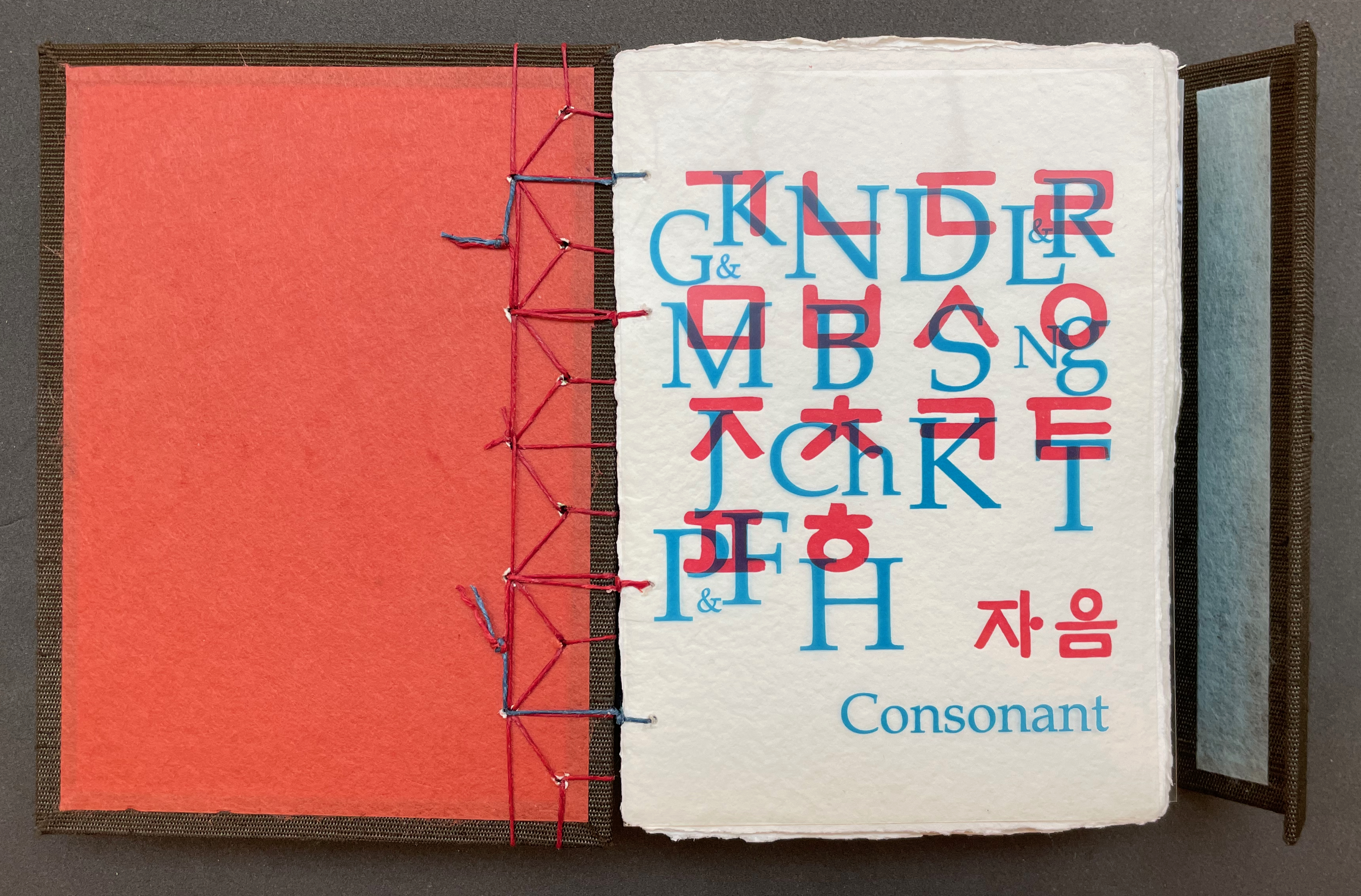



As the abecedary’s sample words follow the alphabetical order of the Korean alphabet, the non-Korean speaker’s struggle continues. The first letter/consonant in the Korean alphabet is
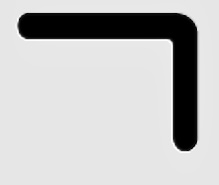
or
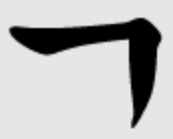
which is pronounced ki-yok or giyeok, and its sample word is 기억 or “memory” in English.
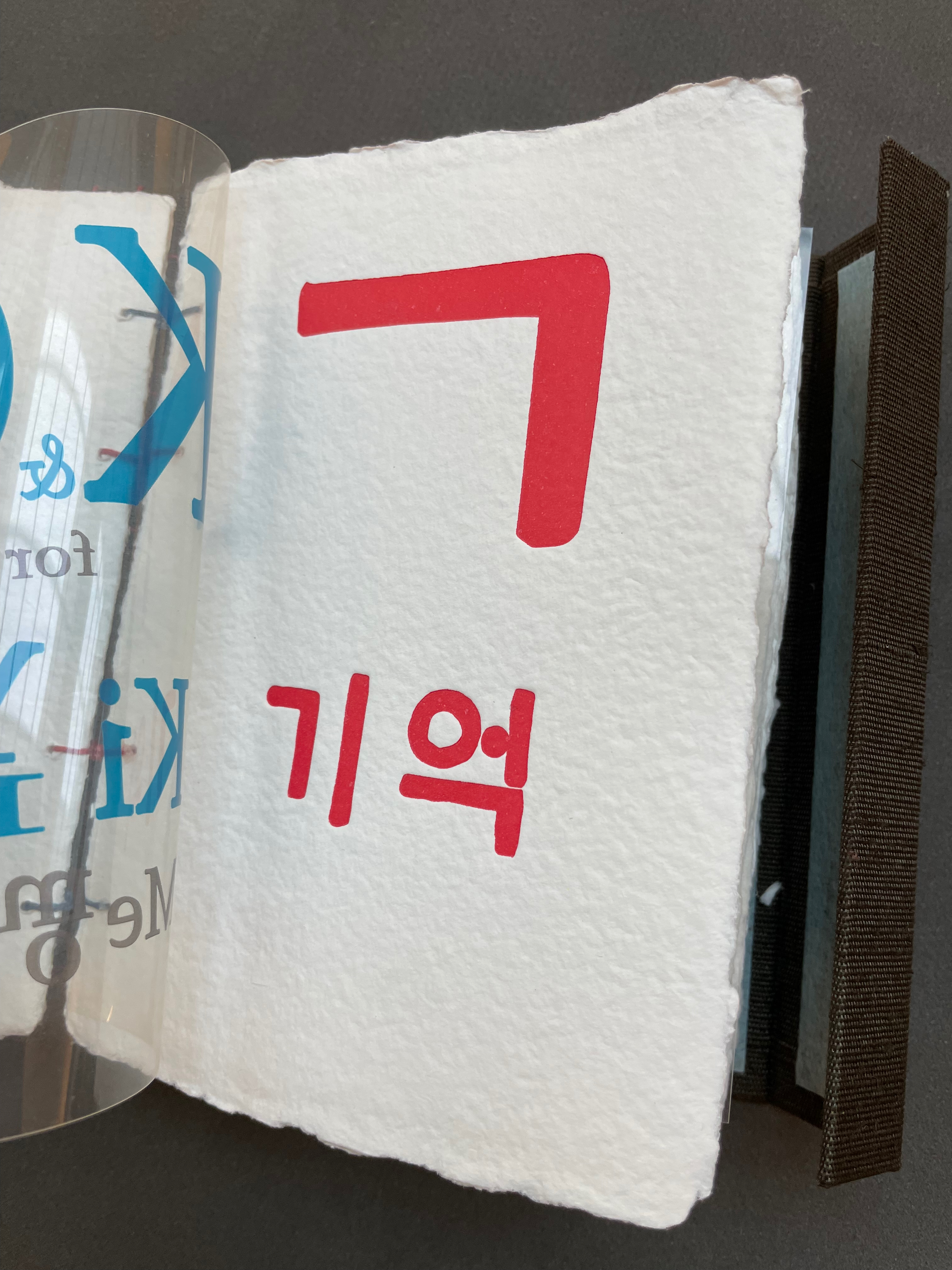
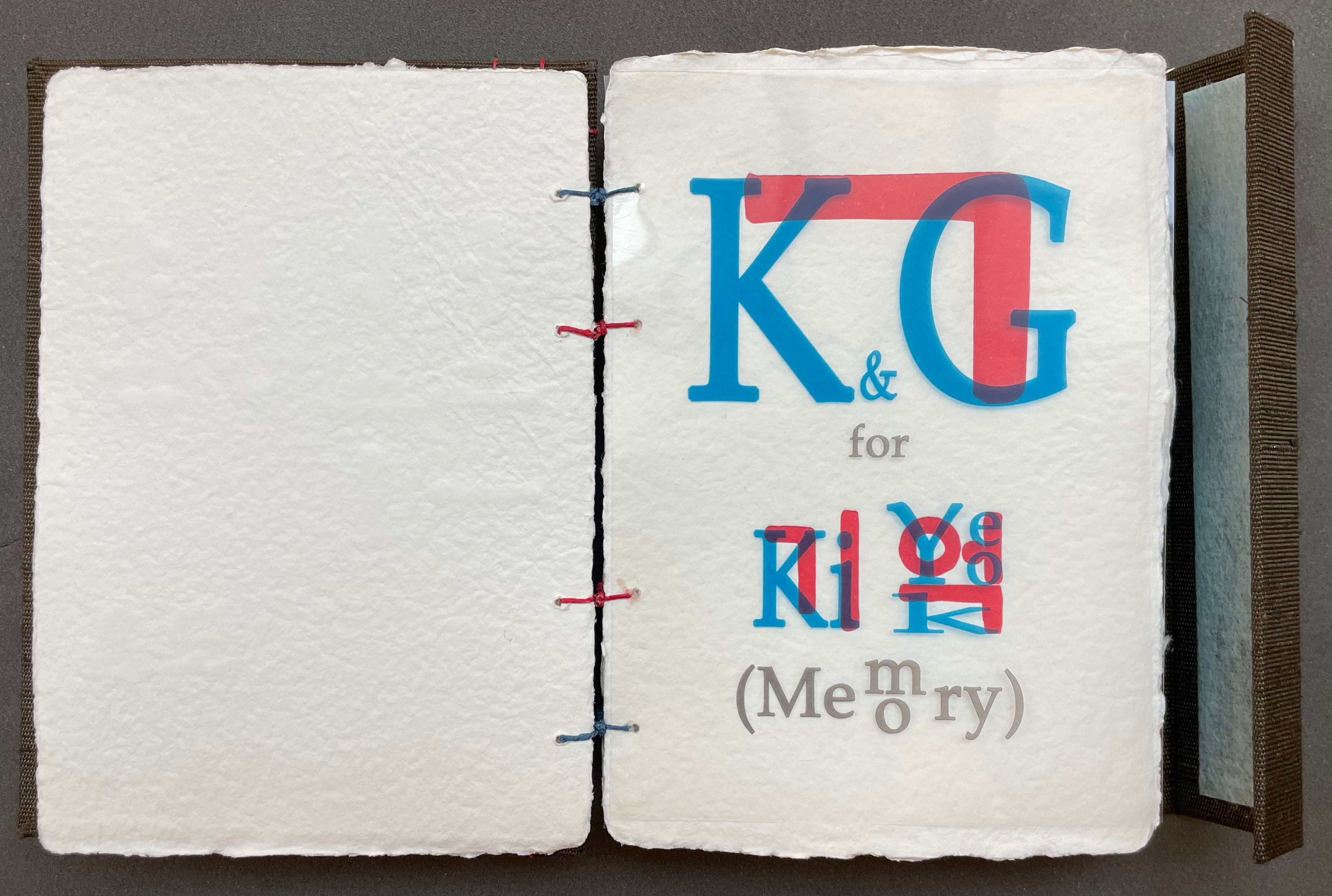
For both Korean and English speakers, “memory” and the subsequent sample words “effort”, “door”, “letterpress”, “America”, etc., are not the expected “ki-yok or C is for cat”. But by the point the Korean consonants bieup and siot below appear, the reader may have caught on that this abecedary is very personal and particular to this artist.
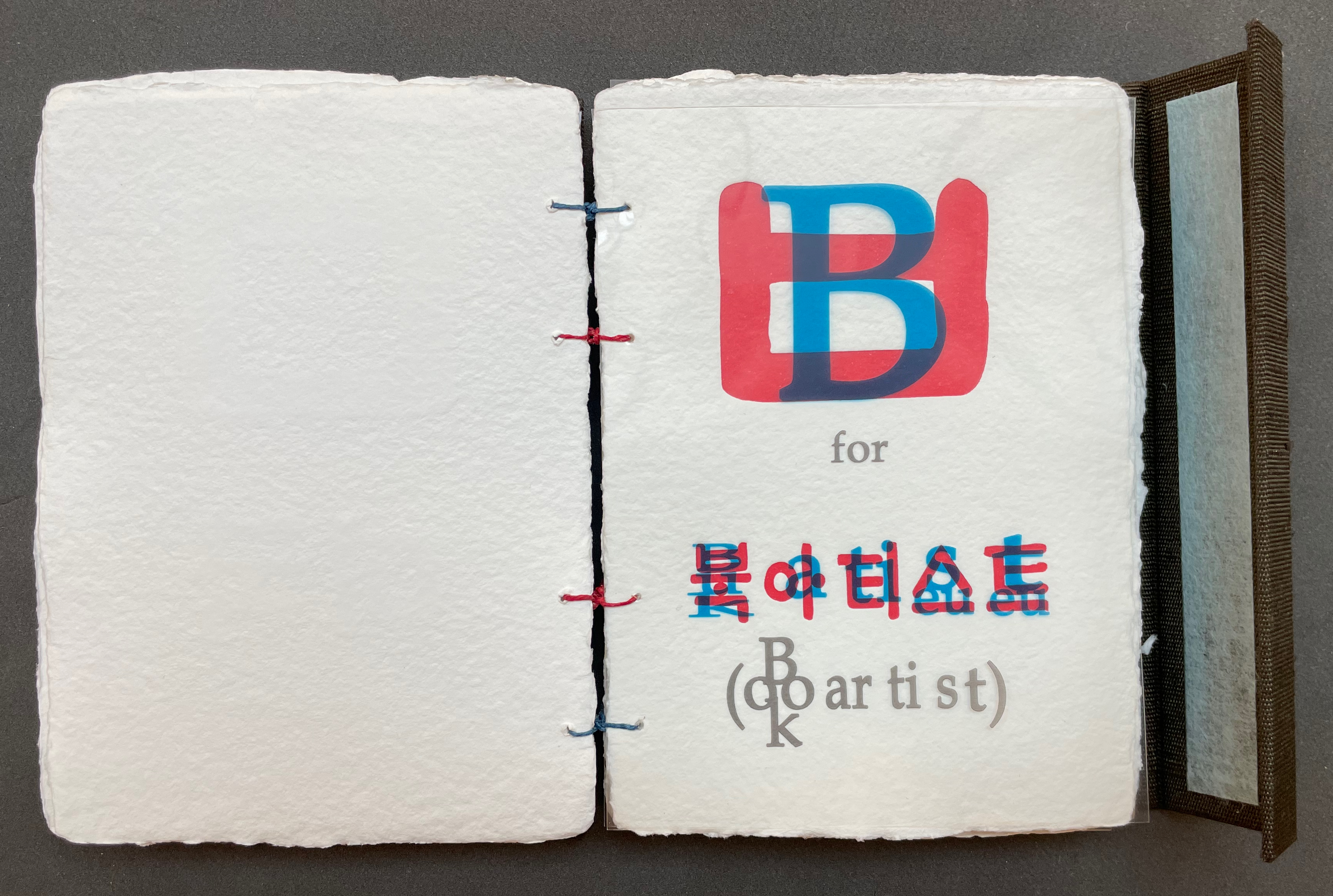

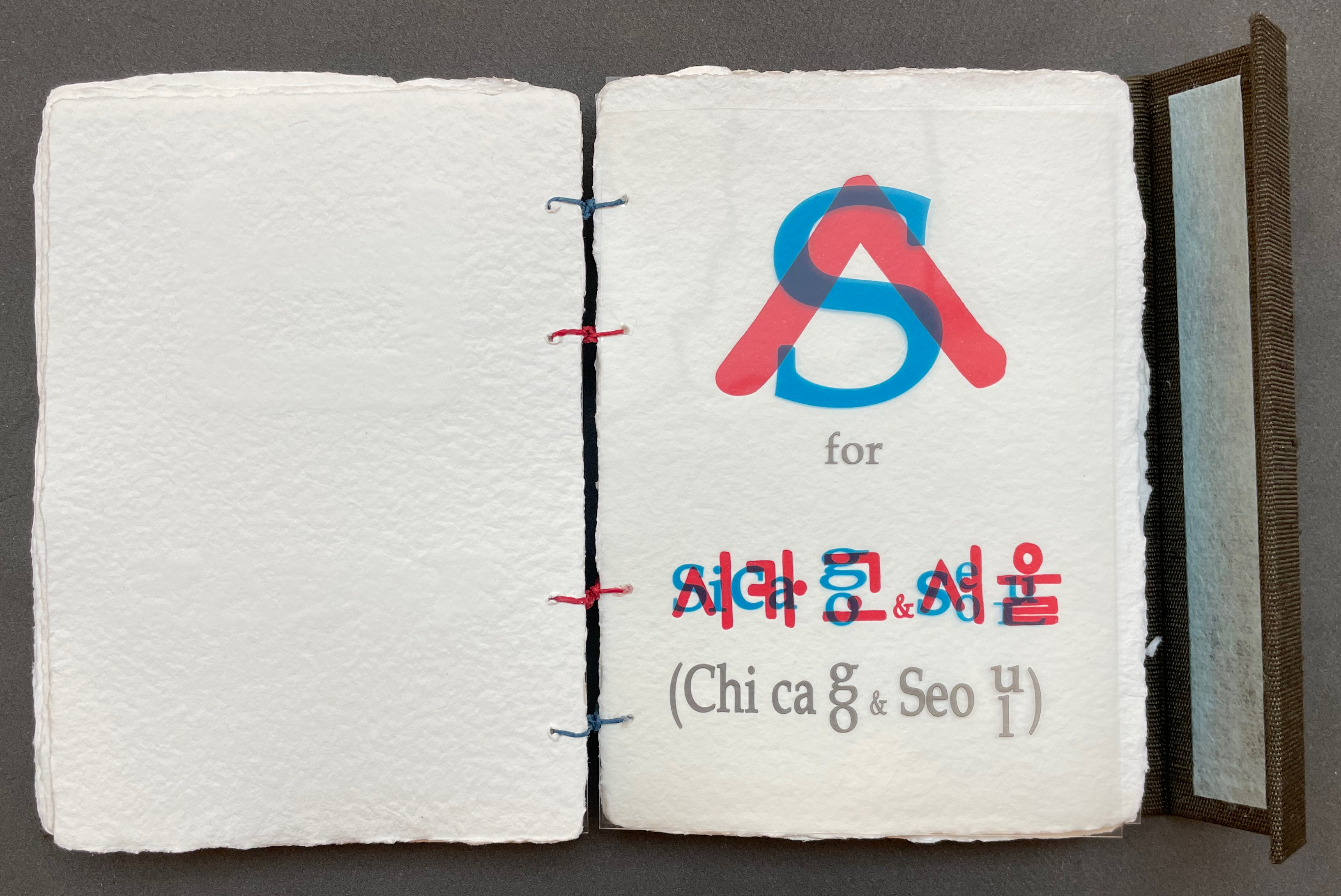

And so it is: a physical intersection of Korean and English where this alphabet book stands in for the artist’s struggle and, in a summative pun, is this artist’s book.
*The Korean alphabet Hangul consists of at least one consonant and one vowel to make a syllable which forms one character.
Further Reading and Viewing
“Abecedaries I (in progress)“. Books On Books Collection.
“Alphabets Alive! – Babel“. 19 July 2023. Books On Books Collection.
Kim, Carol (author), and Cindy Kang (illustrator). 2021. King Sejong Invents an Alphabet. Chicago, Illinois: Albert Whitman & Company.
Kim-Renaud, Young-Key 1997. The Korean Alphabet: Its History and Structure. Honolulu: University of Hawaii Press.